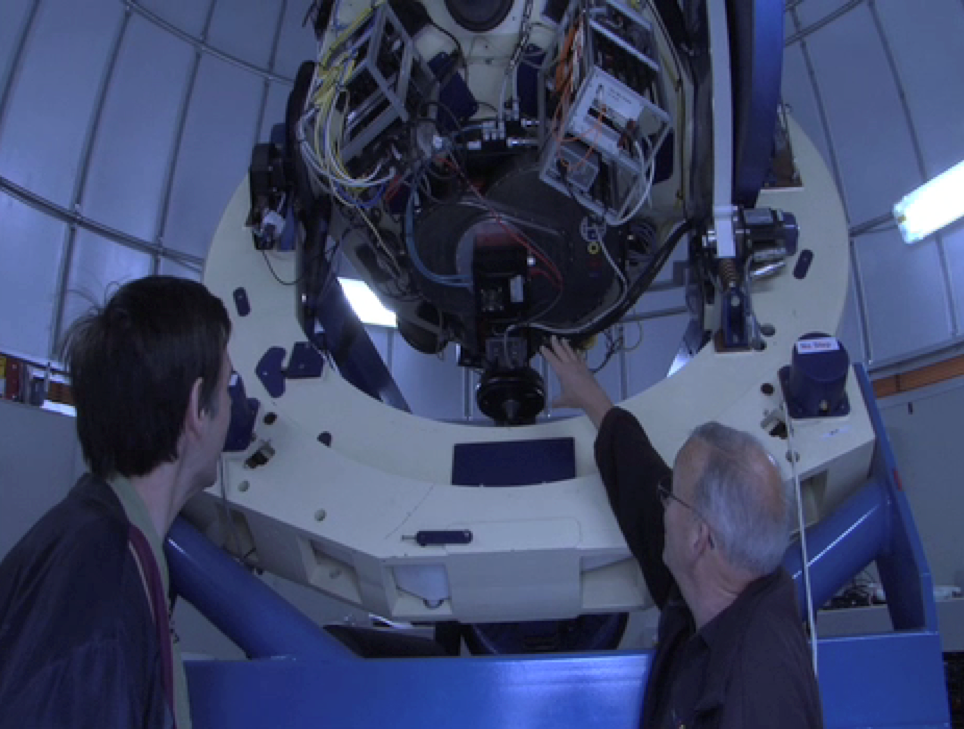ASTRONOMERS from around the globe will be able to gain access to a network of robotic telescopes thanks to a new international consortium.
The new consortium Opticon RadioNet Pilot (ORP), involving 37 institutions and covering both optical and radio astronomy with some 20 telescopes and telescope arrays, is the largest of its kind.
The new consortium will see partner, The University of St Andrew, opening up telescopes it partly owns for use.

The consortium has received €15 million funding from the European Commission under the Horizon 2020 programme.
Astronomers will gain access to telescopes partly owned by the University of St Andrews, allowing them to better coordinate observations of transient and variable astronomical events such as supernova explosions which hold the key to understanding the chemical evolution of the Universe.
Supported by funds from the Scottish Government to strengthen the Scottish University Physics Alliance (SUPA), the University of St Andrews has invested in three robotic 1m telescopes located in Chile, South Africa and Australia.
Nicknamed “SUPAscopes”, these form part of the larger Las Cumbres Observatory (LCO) global telescope network, which was initiated by Wayne Rosing, who formerly led the team that developed Apple’s Lisa computer.
As a network partner, St Andrews thereby has access to a multi-site facility covering both the northern and southern hemispheres and thereby the whole sky.
The network will also allow astronomers to study the signatures of extra-solar planets whose demographics and characteristics could provide pointers to life beyond Earth and the context of our existence.
Besides providing scientists with access to a wide range of instruments, the ORP project will promote training for young astronomers.
The consortium will foster the development of the booming field of what is known as multi-messenger astronomy, which makes use of a wide range of wavelengths across the electromagnetic spectrum, as well as gravitational waves, cosmic rays and neutrinos.
Dr Martin Dominik, of the School of Physics and Astronomy at the University of St Andrews, and ORP Board member, said: “Science is global, and sharing in scientific advancement and its benefits is an imperative. There is no better way for driving progress at the frontiers of research.”
Dr Dominik added: “Our unique facility enables round-the-clock optical monitoring of targets and moreover provides full flexibility through dynamic scheduling of observations and robotic operation of the telescopes.
“It makes for an attractive proposition for many fields of astronomy, which will certainly be welcomed by the community gaining access with our participation in the ORP consortium.”